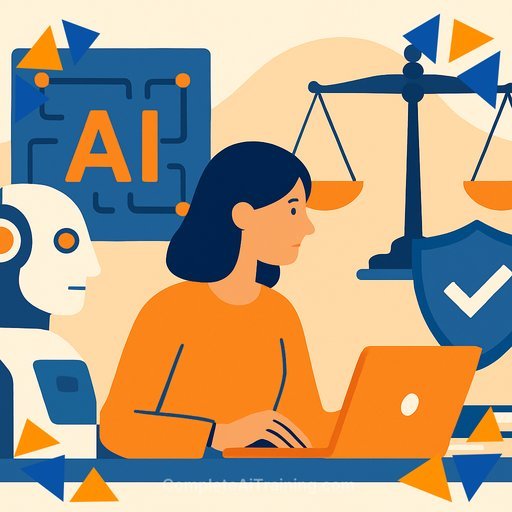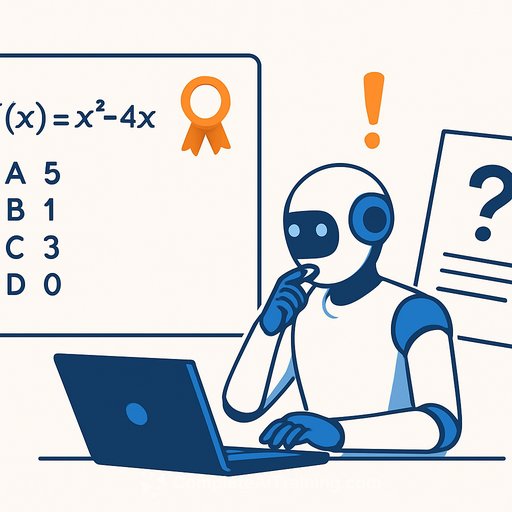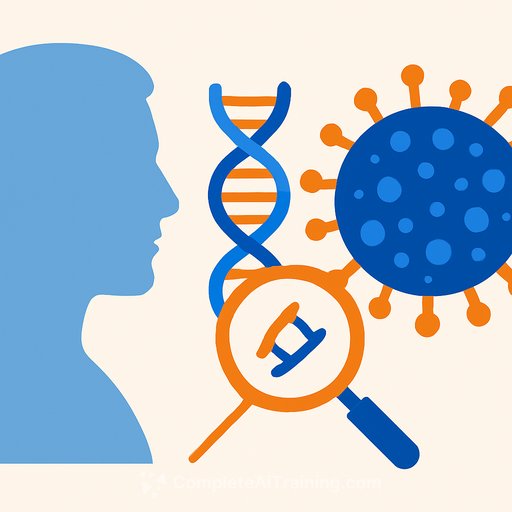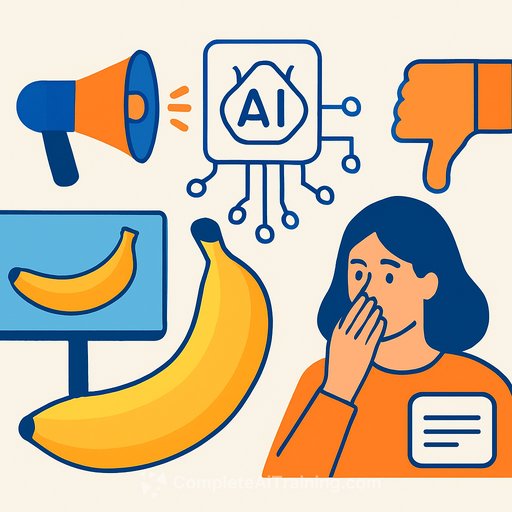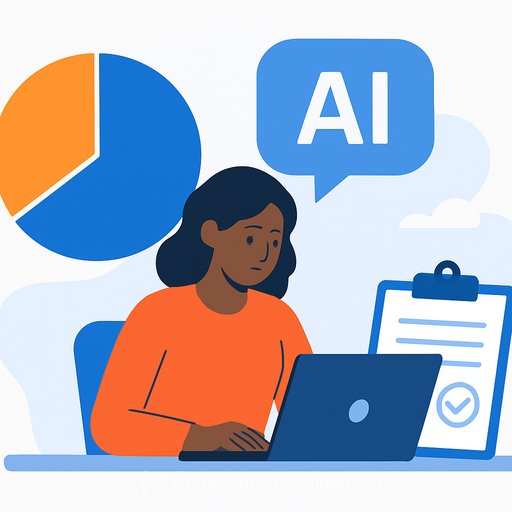AI in modern life: a scientific shift that must balance hope with risk
AI is the next big inflection point in human progress. It extends the reach of scientific method, compresses discovery cycles, and rewrites how knowledge, production, and decision-making get done.
For scientists and research leaders, the question is not whether AI will change practice. The question is how to build results that are useful, safe, and broadly shared-without surrendering agency to systems we do not fully control.
Where AI is already moving the needle
In production and markets, models cut cost, shorten feedback loops, and open new product classes. In healthcare, they improve triage, imaging, and trial design while pushing precision medicine into clinics.
In education, adaptive systems meet learners where they are. In daily life-from phones to autonomous systems-AI is now part of the default interface with information and services.
Risks researchers must plan for
- Security and military: Lethal autonomy and AI-enabled cyber operations raise escalation risks. There is no binding treaty that sets limits across development and deployment.
- Economic and social: Automation will retire entire task classes, not just roles, shifting demand for skills and straining safety nets.
- Cultural and epistemic: Synthetic media and persuasive models can distort evidence, polarize discourse, and erode trust.
- Ethical and governance: Questions of ownership, accountability, and consent remain unsettled across data, models, and outputs.
Geopolitics and the risk of digital colonialism
Two ecosystems-the US and China-control most compute capacity, talent pipelines, and model pretraining. Many countries are left as consumers rather than contributors.
Without deliberate capacity-building-open datasets in local languages, shared compute, and research partnerships-the dependency loop hardens and stalls independent development.
Signals from leadership
Global figures have warned that unregulated AI could outpace our ability to contain harm, even beyond the threshold set by nuclear risk. Calls for rules, safety standards, and shared accountability are growing louder.
President Ismail Omar Guelleh has framed AI as a strategic pillar for modernization and urged ethical oversight under international accountability. Saudi Arabia's Crown Prince Mohammed bin Salman articulated a national approach to extract value from data and AI in service of knowledge economies and future generations, reflected in platforms like the Global AI Summit.
A practical framework for responsible AI in science and research
1) Data foundations
- Track provenance, consent, and licensing for every dataset; maintain lineage through preprocessing.
- Measure representation and coverage; apply domain-specific balance checks, not generic quotas.
- Document with datasheets and clear release notes; publish known failure modes.
2) Model development
- Adopt reproducible builds: fixed seeds, versioned code, deterministic pipelines where feasible.
- Use model and system cards that specify intended use, limits, and hazard scenarios.
- Integrate adversarial evaluation and red-teaming targeted at real use contexts, not toy benchmarks.
3) Evaluation and monitoring
- Go beyond average accuracy: report distributional performance, calibration, and uncertainty.
- Test for shift: synthetic perturbations, geography, device class, and time-based drift.
- Set post-deployment monitoring with incident reporting, rollback plans, and audit trails.
4) Safety and misuse mitigation
- Content provenance: adopt signing, watermarking, or C2PA-style asset metadata for generated media.
- Human-in-the-loop for high-stakes decisions; define escalation paths and bounds for autonomy.
- Access controls for foundation models; rate limits and abuse detection tuned to context.
5) Societal impact
- Run task-level labor impact assessments; budget for reskilling and transition pathways.
- Publish energy use and compute budgets; track efficiency metrics across training and inference.
- Engage affected communities early; include domain experts, not just ML practitioners.
6) Governance and policy alignment
- Map your program to a recognized standard such as the NIST AI Risk Management Framework.
- Support multilateral guardrails. A UN-led, binding charter modeled on successful non-proliferation norms would help set red lines and verification mechanisms; see the NPT reference architecture for precedent.
Closing stance
AI is a mirror. It reflects our capacity to create and our capacity to destroy.
Used with discipline and a humane vision, it can drive prosperity, fairness, and sustainable development. Left to narrow incentives and rivalry, it can erode security, dignity, and self-determination.
The work ahead is clear: build useful systems, prove they are safe, and distribute the gains. Keep the human in charge.
Skill-building for research teams
- AI courses by job function for scientists, analysts, and engineering leads.
- AI certification for data analysis to tighten methods and evaluation.
Your membership also unlocks:

